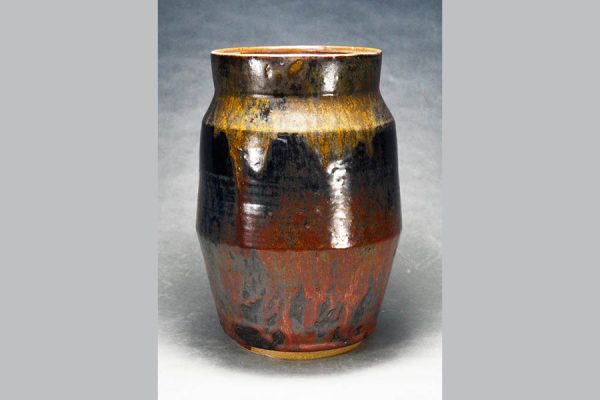Minority leads in popular films break ground
November 15, 2018
Movies starring under-represented groups provide glances of a more diverse Hollywood, but inspired audiences hope to see it continue into a perpetual movement.
“Bridesmaids”
“Bridesmaids,” the 2011 comedy featuring four female leads, was a milestone for representation of women in film. Before its release, preconceptions about women in the male-dominated field of comedy sparked doubt in Hollywood that the cast would execute the movie well. After it hit theaters, though, “Bridesmaids” was met with unexpected approval and high ratings. The film demonstrated that the decision to cast women in comedy should not be considered one of pity or compensation, and set the stage for more future female representation.
“Black Panther”
This 2018 film was an important step for black representation. Not only did it include a nearly all-black cast, but it also covered themes unrelated to race itself, unlike many historical films that cast black actors for the sake of accuracy, rather than diversity and inclusivity. “Black Panther” performed exceedingly well in theaters, superseding “Titanic” at over $1.3 billion in box-office revenue. The high-grossing, enthusiastically received film was a worldwide wake-up call that casting minorities does not need to be limited to historical, identity-based films.
“Wonder Woman”
Grossing more than $800 million at the box office, “Wonder Woman” is a prominent example of unique female representation, since the film was the first to feature Wonder Woman as its lead character. While its reviews are consistently positive, some activists were concerned that the weight put on the film as a milestone was concerning, demonstrating a lack of female characters to draw from when creating an image of women in media. Ultimately, “Wonder Woman” served as a reminder of how few female-dominated films are produced each year, despite successful trends and the increasing demand for representation.



















